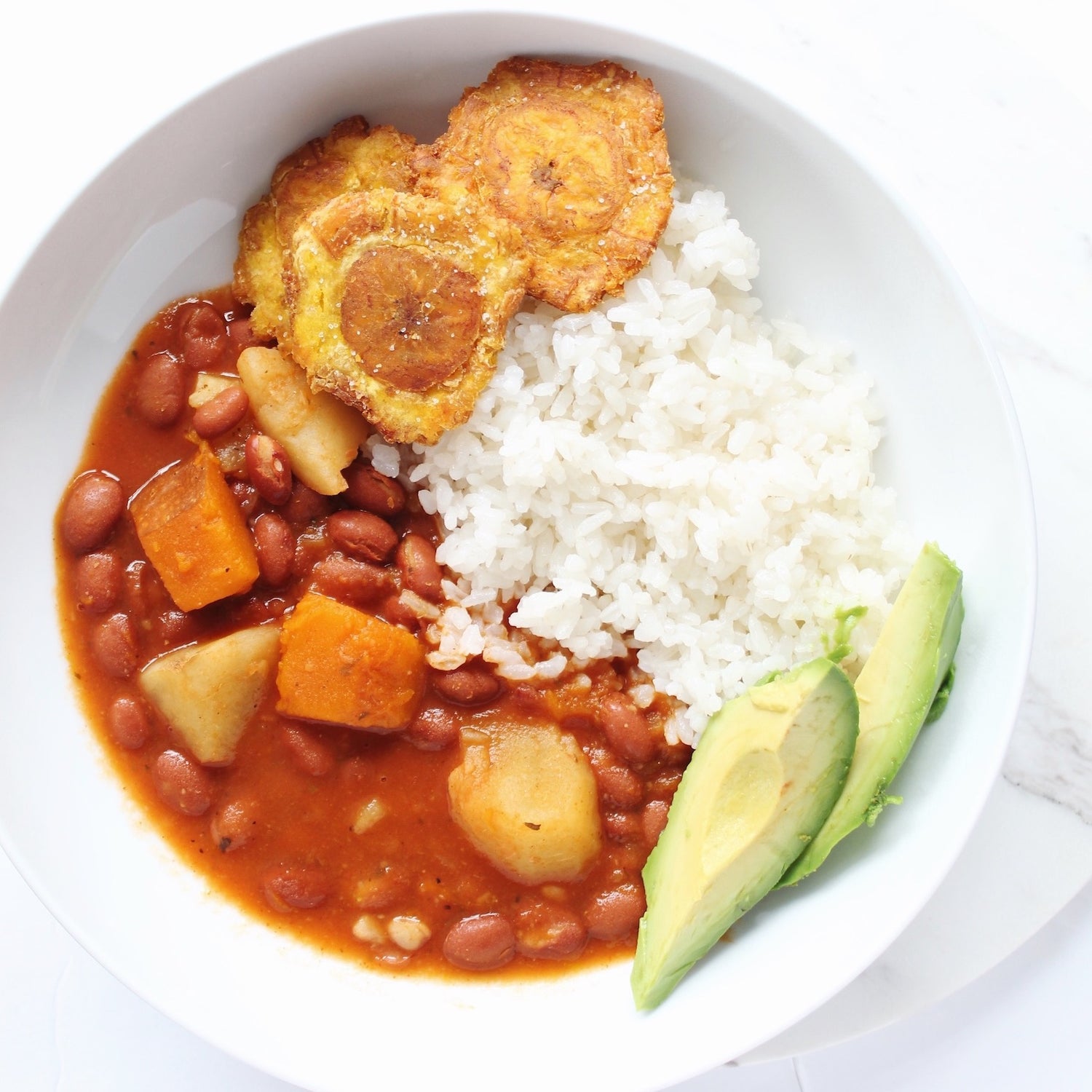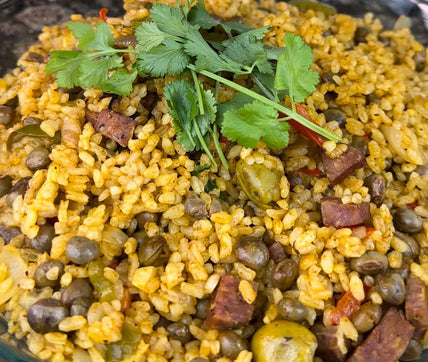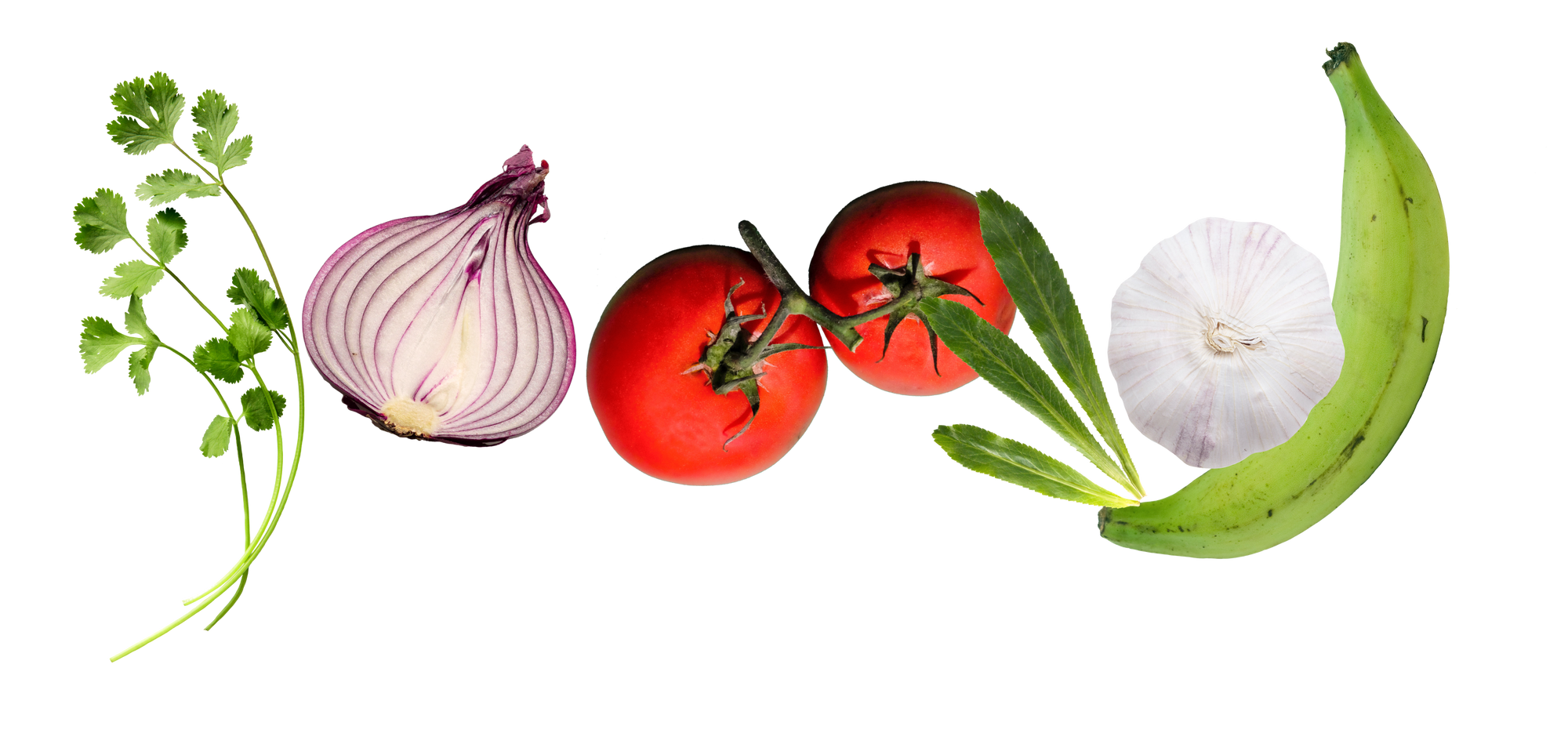
Nuestra Latinidad: An Habichuelas Tour of Latin America
Vamos on a quick tour of habichuelas y frijoles in Latin America where the variety & recetas are endless!
By: Cybele Ramirez
At Loisa, we’re always paying homage to our heritage, celebrating the culture and history of Latin flavor and tradition.
For Latinx Heritage Month, we’re kicking off a new series, “Nuestra Latinidad,” celebrating our differences and at the same time, the power of our togetherness.
Over the month, we’ll be taking a closer look at Latinx / Latine / Latino / Latina and the terms that define us, exploring the Black and Indigenous roots of Latin culture, and taking a tour of some of the most popular dishes that unite us.
We invite you to disfrutar la herencia with us over the next four weeks, from September 15 through October 15.
Whether you call them habichuelas or frijoles, there’s no doubt that beans are a staple ingredient in any Latinx pantry. In fact, some studies show that Latin Americans eat up to four times more beans, on average, than the general American population. And who can blame us! Beans, in their many sweet and savory iterations, can truly bring a meal together.
While they are a relatively low-cost and nutrient-rich food, you may be surprised to learn how they landed in our kitchens. The dry beans cooked in many Latin American homes today were first domesticated in Central and South America more than 7,000 years ago. Despite their similar cultivation practices, the bean varieties in ancient Mexico and Central America were much different than those found in the Andes regions of South America. In Mexico, for example, large-seeded black and white beans were more popular while small-seeded varieties were grown in Peru.
Over time and through trade, bean varieties spread throughout the American continents, and cultivation was adapted to climates, trading needs, and native farming practices. History tells us that beans found their prominence in pre-colonial Latin American agriculture, where Indigenous peoples mastered the technique of growing beanstalks near corn stalks to control the way stalks grew and lessen the burden of the yields. Then, these beans and farming techniques made their way around the world following colonization, where bean varieties and preparation methods continued to diversify.
Through migration, the reliable varieties known as “the common bean” were popularized. These include kidney, pinto, cannellini, and black beans. Though, despite how common these bean types are, the diversity of these beans is actually quite unique. As SeedChange, an organization dedicated to helping farmers around the world puts it:
“This diversity didn’t happen by accident; farmers selected the plants they liked the best and saved seeds from them, nudging beans toward heat tolerance, redness, frost resistance, and more. They passed these seeds and knowledge down to their children and the cycle continued. So every bean you see today is the work of thousands of people.”
With such deep-rooted history in Latin America, beans shaped the way our ancestors farmed, traded, and ate. Today, many of their methods are recognized on our dinner tables. We invite you to celebrate la herencia with us as we take a quick tour of some of the most popular bean preparations in Latin America. From bean types to recipes, habichuelas remind us that Nuestra Latinidad is full of different histories and flavors, and honoring them is what brings us together!
Frijoles in Mexico and Central America
Frijoles de la Olla, loosely translated to “pot of pinto beans,” is a traditional Mexican side dish made with onions and herbs. Within the Latinx diaspora, there has been a debate on whether or not to soak dried beans before cooking them. But, in traditional Mexican households beans are never soaked. Instead, they’re left to cook for hours, absorbing these delicious staple ingredients In Guatemala, El Salvador, Nicaragua, and Costa Rica black beans take on many forms. Gallo Pinto, for example, is a dish that consists of black beans and rice that are fried together. The dish has been at the center of some controversy for neighboring countries Costa Rica and Nicaragua, where each claim the dish’s origins.
Gallo Pinto translates to “spotted rooster.” This name may refer to the way the beans color the rice when they’re cooked together. And while this dish has been made famous through its black bean iteration, Gallo Pinto can be made with any kind of bean, like in Honduras where red kidney beans are preferred.
Habichuelas del Caribe
A handful of different kinds of beans are commonly found on Caribbean dinner tables. Kidney beans, black beans, and pigeon peas are the most popular. Black beans, or frijoles, and white rice are a known duo in Cuba. But, red kidney beans, or habichuelas, are the bean of the Dominican Republic and Puerto Rico.
In Puerto Rico, habichuelas guisadas are stewed kidney beans best served with white rice. They can be prepared with our favorite trio– sofrito, sazon, and adobo– and are often made with potatoes, carrots, olives, and sometimes squash. This savory side dish is cooked until the beans are tender and the sauce is stew-like.
Stewed beans are perhaps the most common way of preparing beans throughout Latin America, no matter the country, bean type, or added ingredients. But, in the Dominican Republic, red kidney beans take on a new form.
Habichuelas con dulce is a sweet bean dessert made with raisins, cinnamon, coconut milk, and served with galletas de leche, or milk cookies. The origins of this dish have been long disputed. However, similarities are found in frejol colado, an Afro-Peruvian dish that consists of black beans, milk, and sugar, as well as in sweet potato dishes coming from Taino tribes.
Carotas Negras in Venezuela
In Venezuela, black beans are called carotas negras. They’re a part of the trio that solidifies Venezuela’s national dish, Pabelon Criollo, which also has white rice and shredded meat.
Black beans find their way into many Venezuelan dishes, such as when they’re refried and added to empanadas or arepas alongside local cheeses. In the northern region of South America, Sopa de Frijoles Negros or black bean soup is often enjoyed with avocado. The origins of this soup can be traced back to Mayan cuisine, meaning that it has been a part of the region’s diet for thousands of years.
Feijoada in Brazil
The word feijoada comes from the word feijão, which is Portuguese for beans. It has been said, however, that Brazil’s national dish actually finds its roots in slavery, where the dish took shape as enslaved African men and women were forced to make meals from scraps of food.
Today, feijoada is prepared with black beans and local meats or sausages usually made of beef or pork. Traditional preparations, though, use cheaper cuts of meats, including beef tongue and pig feet. Finally, it’s topped with farofa, or toasted cassava flour.
Mayocoba in Peru
Bright and buttery canary beans, or mayocoba, are used in Peru. These yellow beans are unique to the region but reminiscent of cannellini beans in their color and texture.
They’re often made into a creamy and delicious stew, served alongside rice like so many bean dishes from Latin America. Sometimes, they’re served topped with bacon or salsa criolla, a Peruvian salad of red onion, cilantro, chili pepper, and lime.
Cranberry Beans in Chile
Porotos granados is a dish native to Chile–porotos being the word Indigenous people used for cranberry beans.
The cranberry bean is an heirloom variety of borlotti, a bean popular in the Andes regions of South America, especially in Colombia. In Chile, porotos are prepared with jalapeño, corn kernels, and squash. Similar to the beans topped with salsa criolla in Peru, porotos granados can sometimes be found with pebre over top, a Chilean salsa of coriander, onion, olive oil, garlic, and spicy peppers.
Beans are enjoyed in almost every Latin American country. Still, we know that the varieties and recipes are endless. The kinds of beans we use, the histories they bring with them, and the way we’ve learned to prepare them have distinguished each dish from one another. Likewise, Latinxs have adapted these styles of preparing beans through many generations, always paying homage to our flavorful traditions and the heritage that unites us.



